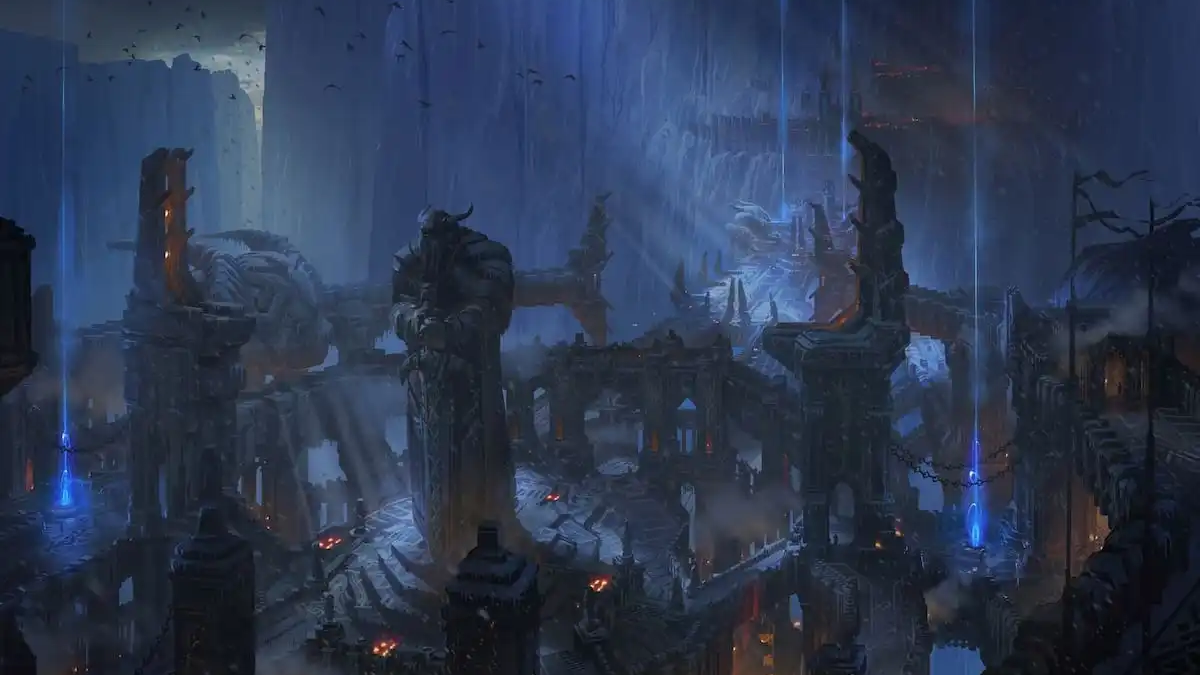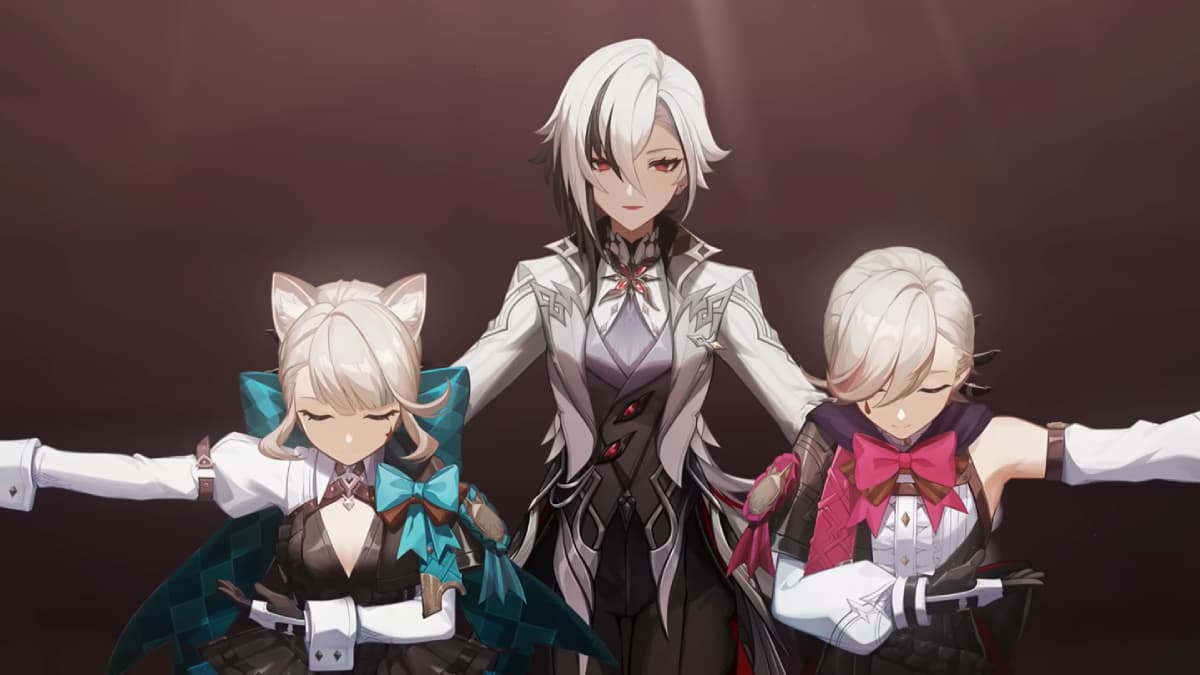
The Jinx – Part Two Review, Episodes 1-4
This review is based on the first four of six episodes of The Jinx – Part Two, which premieres on HBO on April 21.
Nine years ago, the world became truly acquainted with Robert Durst. The wealthy New York would-be real estate magnate became a household name when filmmaker Andrew Jarecki crafted a riveting and harrowing docuseries that attempted to get to the bottom of the true murder mystery story that inspired his 2010 thriller, All Good Things. HBO’s The Jinx was nothing short of a sensation: a house of cards falling fast and shocking everyone as the pieces hit the floor. But there was always going to be more to the story. With the same documentarian back at the helm, the first four episodes of The Jinx – Part Two brilliantly lays bare the ouroboros of the true crime television ecosystem that’s sprung up over the last 10-plus years, one that this show has been instrumental to. It’s all at once informative, devastating, and electrifying.
The first season of The Jinx, which first aired back in 2015, chronicled Durst’s involvement in Jarecki’s research and continued discovery into the cases in which Durst had been either indicted or considered a major person of interest. Through six bone-chilling episodes that center on interviews with Durst, Jarecki’s documentary followed Durst’s upbringing as part of a major New York City family dynasty, the 1982 disappearance of his first wife, Durst’s suspected involvement in the 2000 murder of his longtime best friend, and the then-unsolved killing and dismemberment of his Texas neighbor the following year. Luckily for Jarecki, Durst couldn’t resist the idea of inserting himself, years later, back into the narrative — and that certainly broke ground in the true crime sphere. Needless to say, it wasn’t the smartest of moves: It ended up landing ol’ Bobby back in police custody after a hot mic caught him confessing to the crimes in the bathroom.
So you probably won’t be shocked to learn he’s not making appearances in Part Two. But surprisingly, this second installment doesn’t buckle without Durst’s direct involvement, because this time Jarecki continues with the story of Durst’s trials and incarceration, and the revelations that followed. Without interviews, the pendulum swings back to typical true crime doc tactics: archival footage, videos, audio, and present-day interviews, mixed with the now-commonplace practice of dramatically staging events solely for the documentary. Think the Investigation Discovery Channel, where the dramatized sequences are shot to give a sense of closeness to the subject and give a visual to each turn of events, but with faces obscured. Jarecki has a firm handle on these techniques and, while they help support the foundation of where this season heads, they’re most importantly used to bolster something even more exciting.
Instead of Durst, The Jinx itself becomes Jarecki’s star in Part Two.
Another major shift is that, instead of Durst, The Jinx itself becomes Jarecki’s star in Part Two. The first part became a major element in Durst’s actual court cases — and Jarecki makes it a point to chronicle that circus as it pertains to the people closest to these tragedies, law enforcement and victims’ families alike. Bobby was arrested the day before the finale episode (featuring his confession) aired, but the people whose lives and loved ones were affected by Durst gathered together to be in community as the season closed out. Having cameras on that moment — the pivotal moment when the family of Durst’s wife, Kathie McCormack, heard him say he “killed them all, of course” — is deeply effective. Centering the documentary as the catalyst it became for solving these crimes was the only real way to continue this story, and in turn, the second season proves that not all true crime vehicles are exploitative sideshows for audiences to gawk at. They can, when done right, be tangible points of justice, rectification, and catharsis in the real world.
Finally, Part Two does a fabulous job of uncovering and disseminating crucial discoveries that shake the very perspectives The Jinx viewers have held for nearly 10 years. It would be a disservice to spoil those revelations, even though most of them are technically publicly available knowledge via trial records – this is just a much more digestible way of learning about them.
Each new piece of evidence Jarecki dishes out is more devastating than the last, and there’s plenty to go around. Like with most things in the zeitgeist, people moved on after The Jinx and its bombshells – and its unusual sense of the case being closed at the end of it – and thus the actual legal proceedings that came after Durst’s 2015 arrest weren’t nearly as widely known. The discoveries that play out end up hitting that much harder as a result, because we’re given a front-row seat to several revelations that are processed on screen, similar to Susan Berman’s stepson’s Sareb Kaufman devastating epiphany in Part One.







